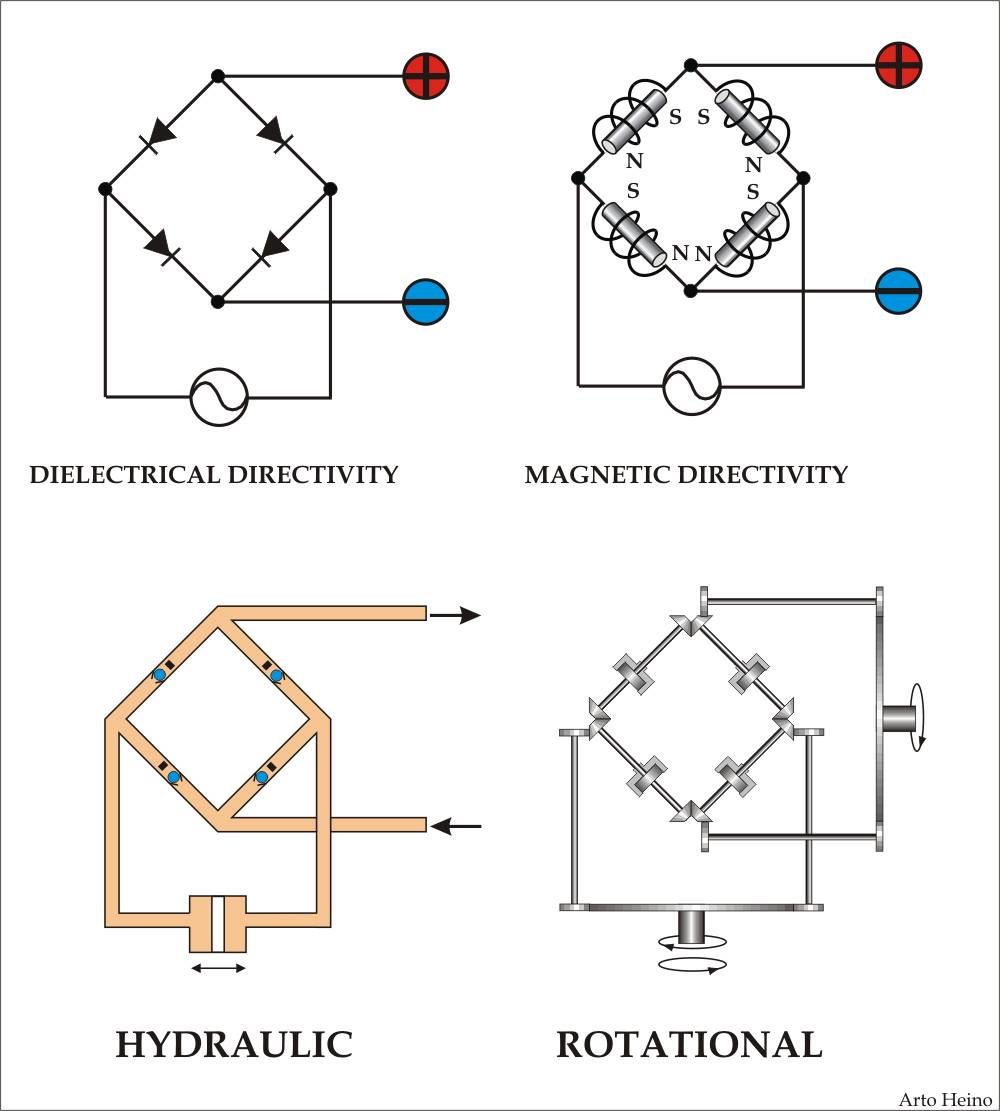If you put AC into the primary of a transformer, you will get AC out of the secondary.
If you put pulsed DC into the primary of a transformer, you will get AC out of the secondary.
What I am trying to do is get DC as the output, I know it can be done, I just cant find where I read the solution. Im not talking about putting diodes or rectifiers on the output, Im talking about manipulating the transformer so that the potential does not reverse. Nor am I talking about canceling out the potential by opposing it with another potential.
I am working from memory here about the solution but this is what I remember.
1) We can prevent the voltage reversing by pulsing the transformer again as the voltage is dropping to the zero point. In effect our pulse frequency is faster than the resonant frequency of the coil, probably double.
2) We can prevent the voltage reversing by charging the core of the transformer with a second magnetic field. The same effect as above but without applying a voltage.
3) Im not sure about this one. By keeping the core strongly polarized magnetically the voltage can be offset. This means that if a 1v pulse is applied to the primary, 2v will be seen in the secondary.
4) By operating the transformer core close to saturation smaller signals of pulses will result in an offset DC sine wave
Is anyone familiar with this?
Can you point me in the right direction to read up on the subject?
Thanks mike
If you put pulsed DC into the primary of a transformer, you will get AC out of the secondary.
What I am trying to do is get DC as the output, I know it can be done, I just cant find where I read the solution. Im not talking about putting diodes or rectifiers on the output, Im talking about manipulating the transformer so that the potential does not reverse. Nor am I talking about canceling out the potential by opposing it with another potential.
I am working from memory here about the solution but this is what I remember.
1) We can prevent the voltage reversing by pulsing the transformer again as the voltage is dropping to the zero point. In effect our pulse frequency is faster than the resonant frequency of the coil, probably double.
2) We can prevent the voltage reversing by charging the core of the transformer with a second magnetic field. The same effect as above but without applying a voltage.
3) Im not sure about this one. By keeping the core strongly polarized magnetically the voltage can be offset. This means that if a 1v pulse is applied to the primary, 2v will be seen in the secondary.
4) By operating the transformer core close to saturation smaller signals of pulses will result in an offset DC sine wave
Is anyone familiar with this?
Can you point me in the right direction to read up on the subject?
Thanks mike





Comment